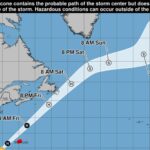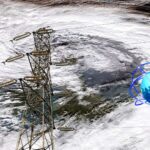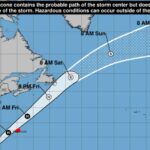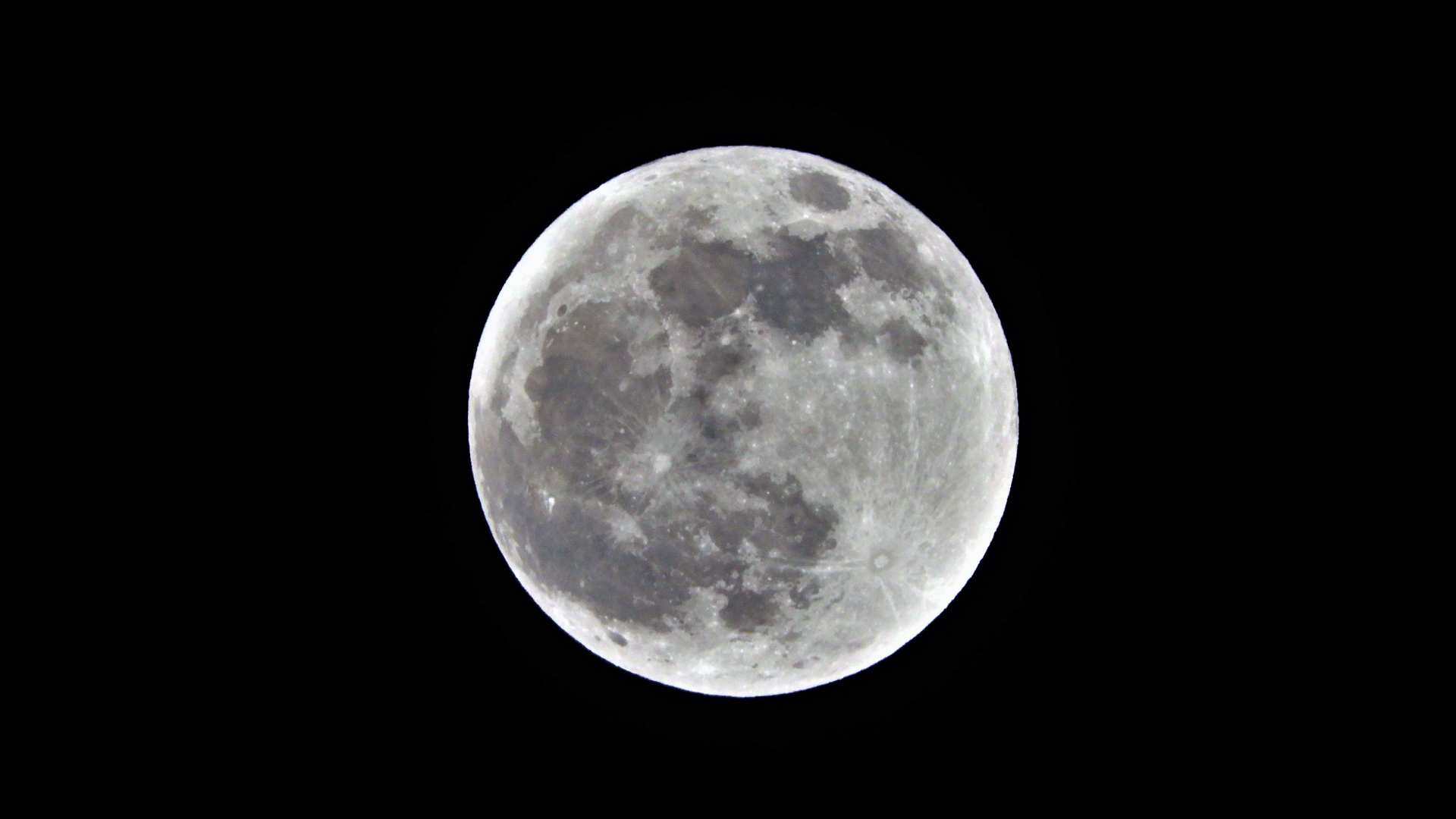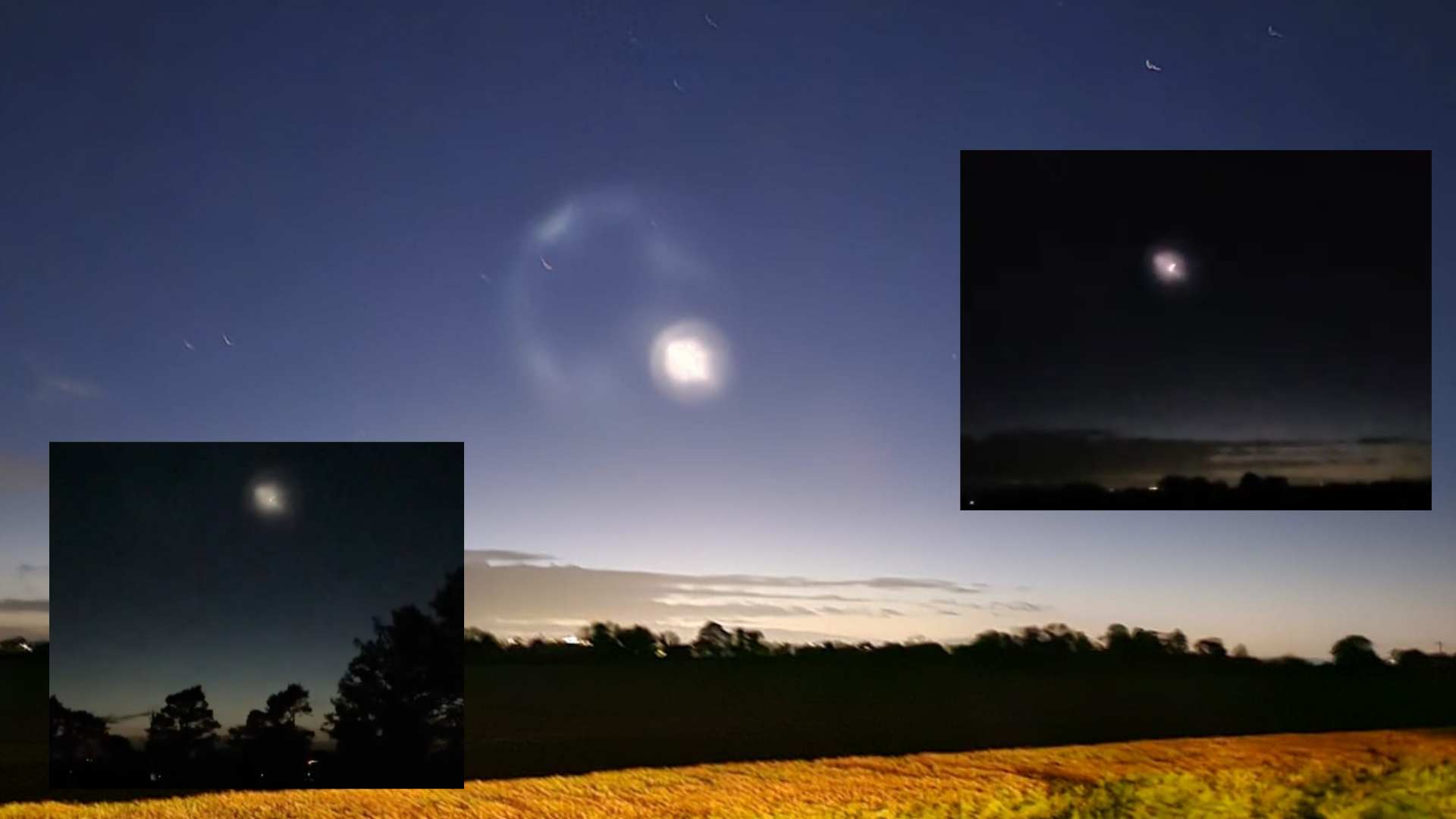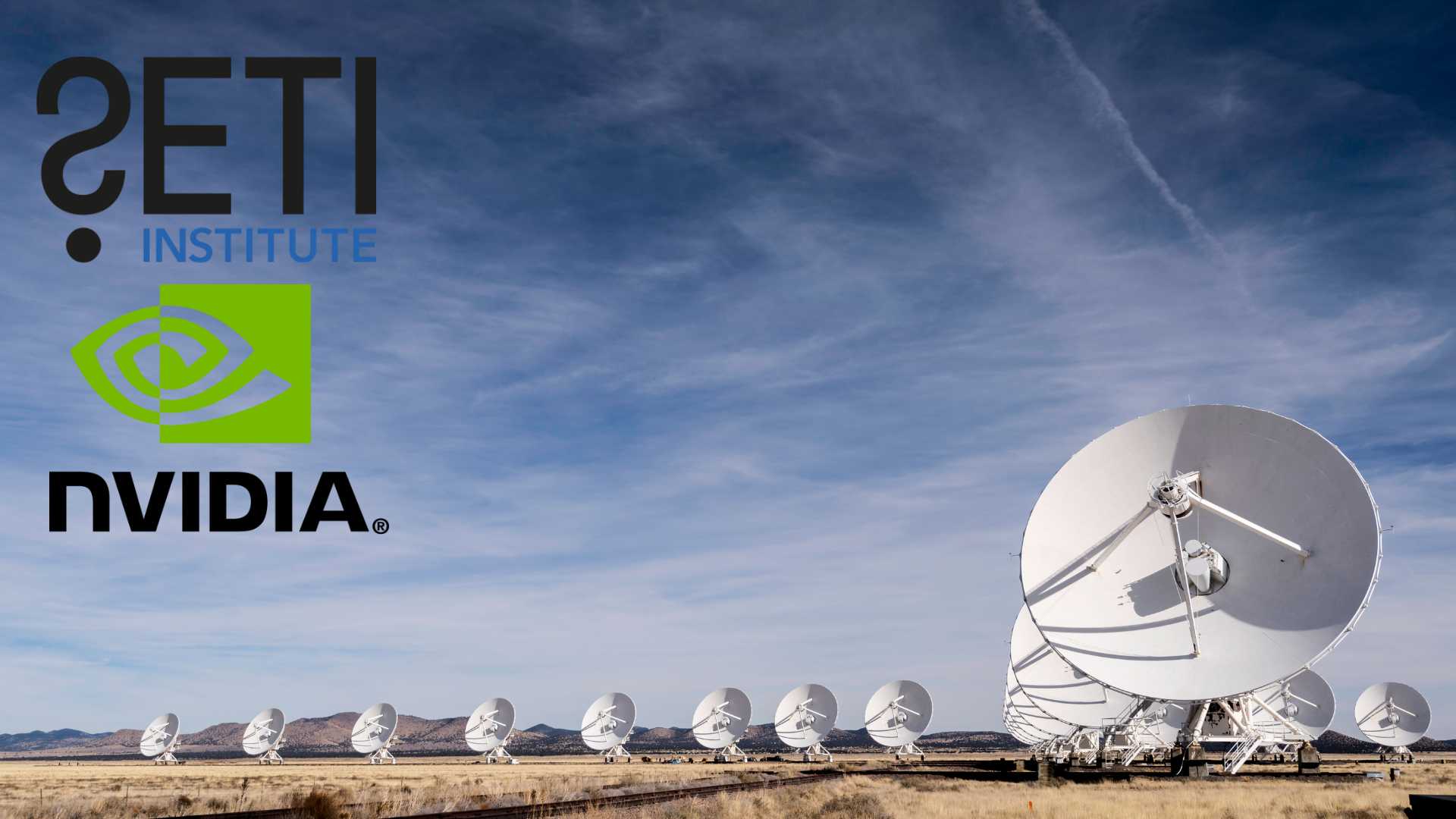
Alien life most likely to detect ‘planet signal’ from Earth
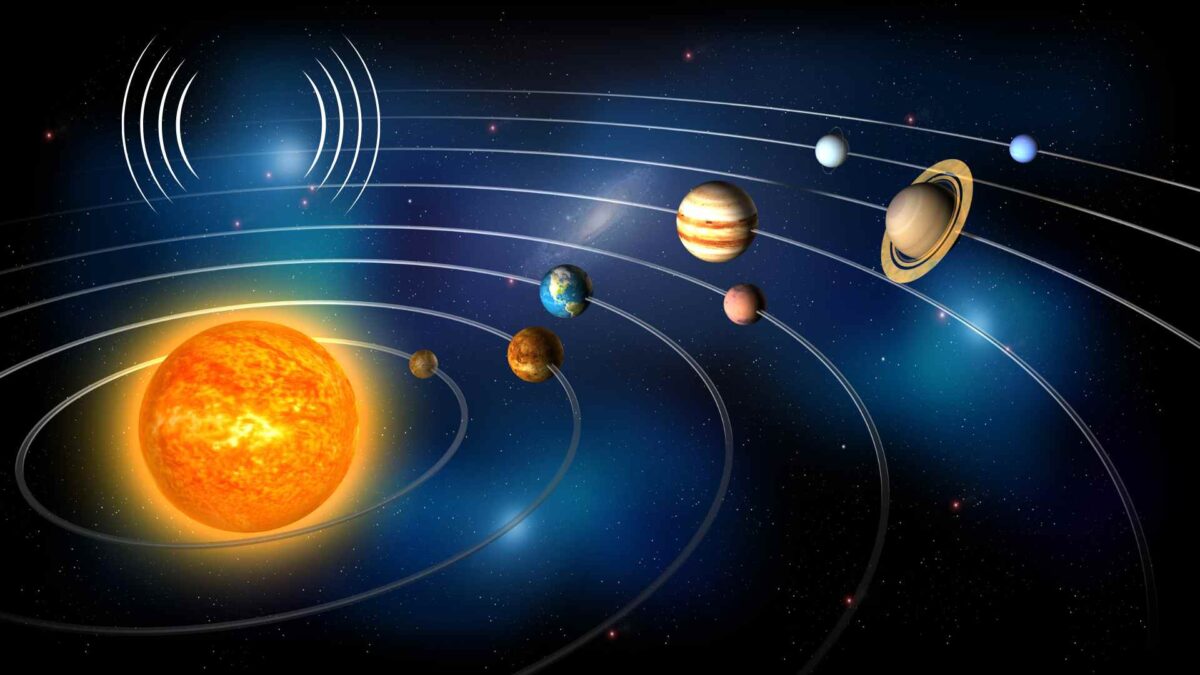
If an extraterrestrial civilisation were trying to detect evidence of human communications, its best chance would be during alignments between Earth and other planets in the solar system, according to new research from Penn State University and NASA’s Jet Propulsion Laboratory.
The study, published in the Astrophysical Journal Letters, examined two decades of transmission records from NASA’s Deep Space Network, the system of antennas used to communicate with spacecraft across the solar system. The researchers found that the majority of signals are directed towards missions around Mars, with other transmissions aimed at interplanetary spacecraft and telescopes positioned at stable Sun-Earth Lagrange points.
By analysing the timing and direction of these transmissions, the team calculated that an observer located in line with Earth and Mars would have a 77 per cent chance of intercepting a signal. Alignments with other planets also increased the probability of detection, although to a lesser degree. Outside of such alignments, the likelihood of interception fell sharply.
Pinchen Fan, lead author of the study and a graduate student in astronomy and astrophysics at Penn State, said the findings suggest that searches for extraterrestrial intelligence should focus on exoplanet systems where planets align with their host star from Earth’s viewpoint. These alignments are already the basis for detecting many exoplanets, through the dimming of starlight as planets transit in front of their stars.

The researchers estimate that signals from the Deep Space Network could be detected up to 23 light years away with instruments comparable to those on Earth. They argue that targeting planetary systems within that range and with orbital planes aligned to Earth could improve the chances of detecting possible alien technosignatures.
Jason Wright, professor of astronomy at Penn State and director of the university’s Extraterrestrial Intelligence Center, said human transmissions into space will only grow stronger as more spacecraft venture beyond Earth. “Using our own deep space communications as a baseline, we quantified how future searches for extraterrestrial intelligence could be improved by focusing on systems with particular orientations and planet alignments,” he said.
The findings were presented this week at the Penn State SETI Symposium. The research was supported by NASA’s Exoplanets Research Grant Programme and the Penn State Extraterrestrial Intelligence Center.
Share this WeathÉire story:
